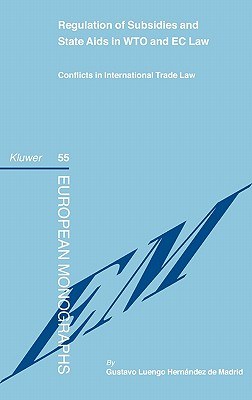

具体描述
The process by which presidents decide whom to nominate to fillSupreme Court vacancies is obviously of far-ranging importance, particularly becausethe vast majority of nominees are eventually confirmed. But why is one individualselected from among a pool of presumably qualified candidates? In"Strategic Selection: Presidential Nomination of Supreme CourtJustices from Herbert Hoover through George W. Bush, " ChristineNemacheck makes heavy use of presidential papers to reconstruct the politics ofnominee selection from Herbert Hoover's appointment of Charles Evan Hughes in 1930through President George W. Bush's nomination of Samuel Alito in 2005. Bringing tolight firsthand evidence of selection politics and of the influence of politicalactors, such as members of Congress and presidential advisors, from the initialstages of formulating a short list through the president's final selection of anominee, Nemacheck constructs a theoretical framework that allows her to assess thefactors impacting a president's selection process.Much work on Supreme Courtnominations focuses on struggles over confirmation, or is heavily based on anecdotalmaterial and posits the "idiosyncratic" nature of the selectionprocess; in contrast, "Strategic Selection" pointsto systematic patterns in judicial selection. Nemacheck argues that althoughpresidents try to maximize their ideological preferences and minimize uncertaintyabout nominees' conduct once they are confirmed, institutional factors that changeover time, such as divided government and the institutionalism of the presidency, shape and constrain their choices. By revealing the pattern of strategic action, which she argues is visible from the earliest stages of the selection process, Nemacheck takes us a long way toward understanding this critically important part ofour political system.
作者简介
目录信息
读后感
评分
评分
评分
评分
用户评价
相关图书
本站所有内容均为互联网搜索引擎提供的公开搜索信息,本站不存储任何数据与内容,任何内容与数据均与本站无关,如有需要请联系相关搜索引擎包括但不限于百度,google,bing,sogou 等
© 2026 book.wenda123.org All Rights Reserved. 图书目录大全 版权所有




















